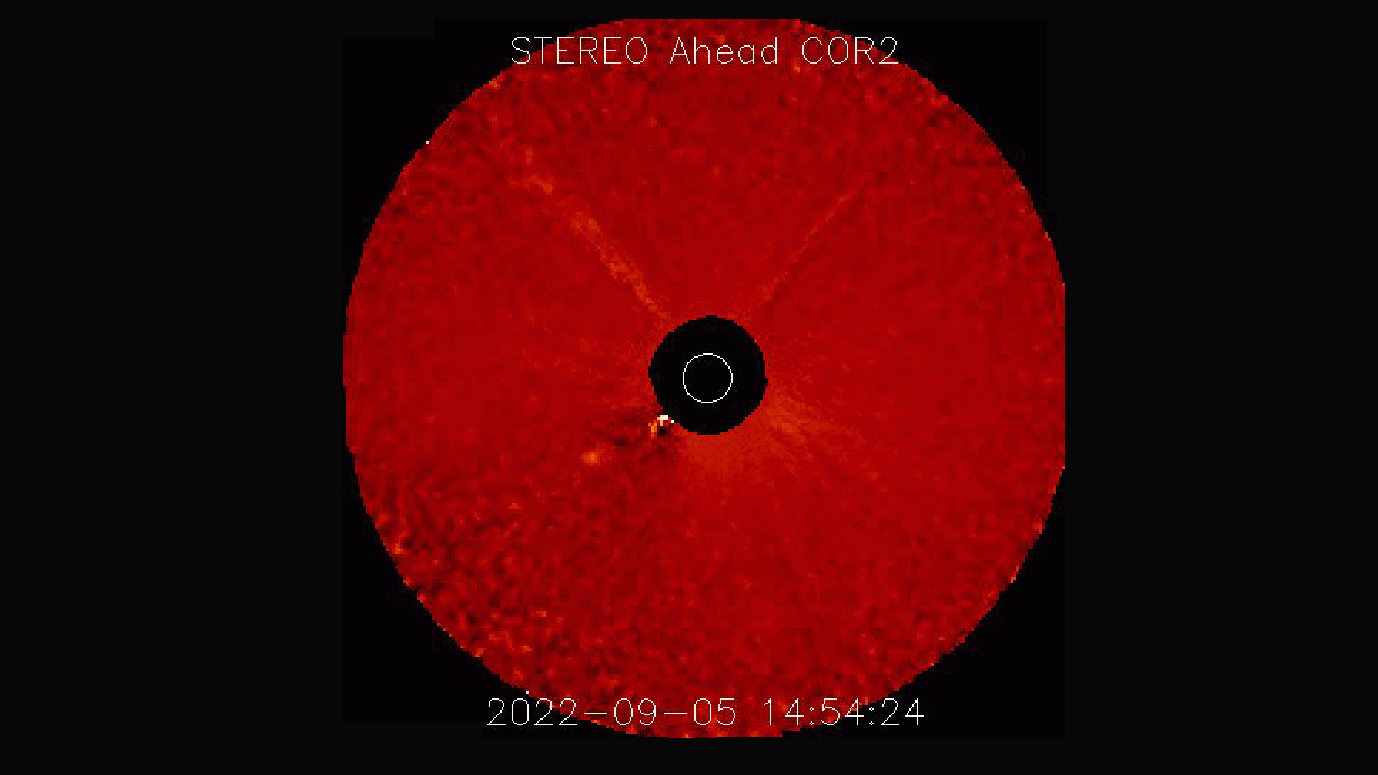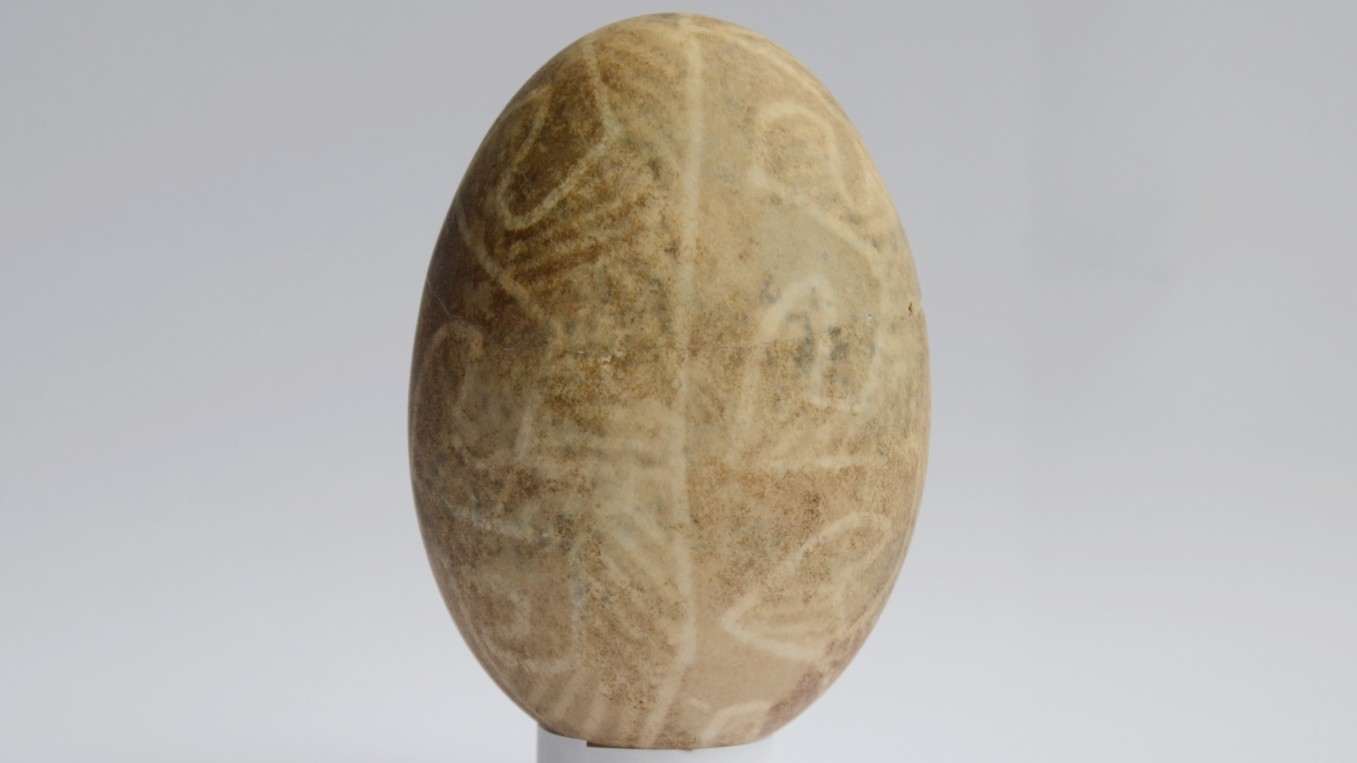One of the largest solar storms ever detected just erupted on the far side of the sun
It was "no run-of-the-mill event."

Earth's sister planet Venus is experiencing a bout of extreme space weather this week after a giant sunspot, not visible from Earth, expelled an enormous plasma burst toward the scorching-hot planet.
On Monday (Sept. 5), NASA's STEREO-A sun-watching spacecraft spotted a coronal mass ejection (CME), a cloud of charged particles erupting from the upper layer of the sun's atmosphere, the corona, emerge from behind the sun, SpaceWeather.com reported.
The CME is the second to have hit Venus in a week; another one erupted from the sun on Wednesday (Aug. 30) and reached the planet three days later, just as the European Solar Orbiter spacecraft flew by.
Related: Solar Orbiter to look at Venus' magnetic field as it swings by the planet
Georgo Ho, a solar physicist at the Johns Hopkins University Applied Physics Laboratory, told SpaceWeather.com that the latest eruption was "no run-of-the-mill event."
"I can safely say the Sept. 5th event is one of the largest (if not THE largest) Solar Energetic Particle (SEP) storms that we have seen so far since Solar Orbiter launched in 2020," Ho, who is one of the lead investigators of the Energetic Particle Detector Instrument aboard Solar Orbiter, told SpaceWeather.com. "It is at least an order of magnitude stronger than the radiation storm from last week's CME."
The team operating the magnetometer instrument aboard the spacecraft, however, tweeted that the CME "appears to have largely missed" Solar Orbiter, although the spacecraft was affected by the energetic particles it delivered.
Sign up for the Live Science daily newsletter now
Get the world’s most fascinating discoveries delivered straight to your inbox.
"There was ... a very large number of energetic particles from this event and [the magnetometer] experienced 19 'single event upsets' in its memory yesterday," the magnetometer team said in the tweet. "[The Solar Orbiter magnetometer] is robust to radiation: it automatically corrected the data as designed and operated nominally throughout."
Ho added that the energetic intensity of the charged particles around the spacecraft "has not subsided since the beginning of the storm."
"This is indicative of a very fast and powerful interplanetary shock, and the inner heliosphere may be filled with these high-energy particles for a long time. I think I've only seen a couple of these in the last couple solar cycles," Ho told SpaceWeather.com. (The heliosphere is the huge bubble of charged particles and magnetic fields that the sun blows around itself.)
The source of the powerful eruption is believed to be the sunspot region AR3088, which crossed the Earth-facing side of the sun's disk in August and has likely grown into a much more powerful beast since disappearing from Earth's view.
Due to the sun's rotation, the sunspot will face our planet again next week, SpaceWeather.com said, which means Earth, too, may be up for some space weather activity soon.
Solar Orbiter was built to measure such events, so scientists can hardly complain about the battering. As Ho told SpaceWeather.com, "many science papers will be studying this [event] for years to come."
Originally published on Space.com.












